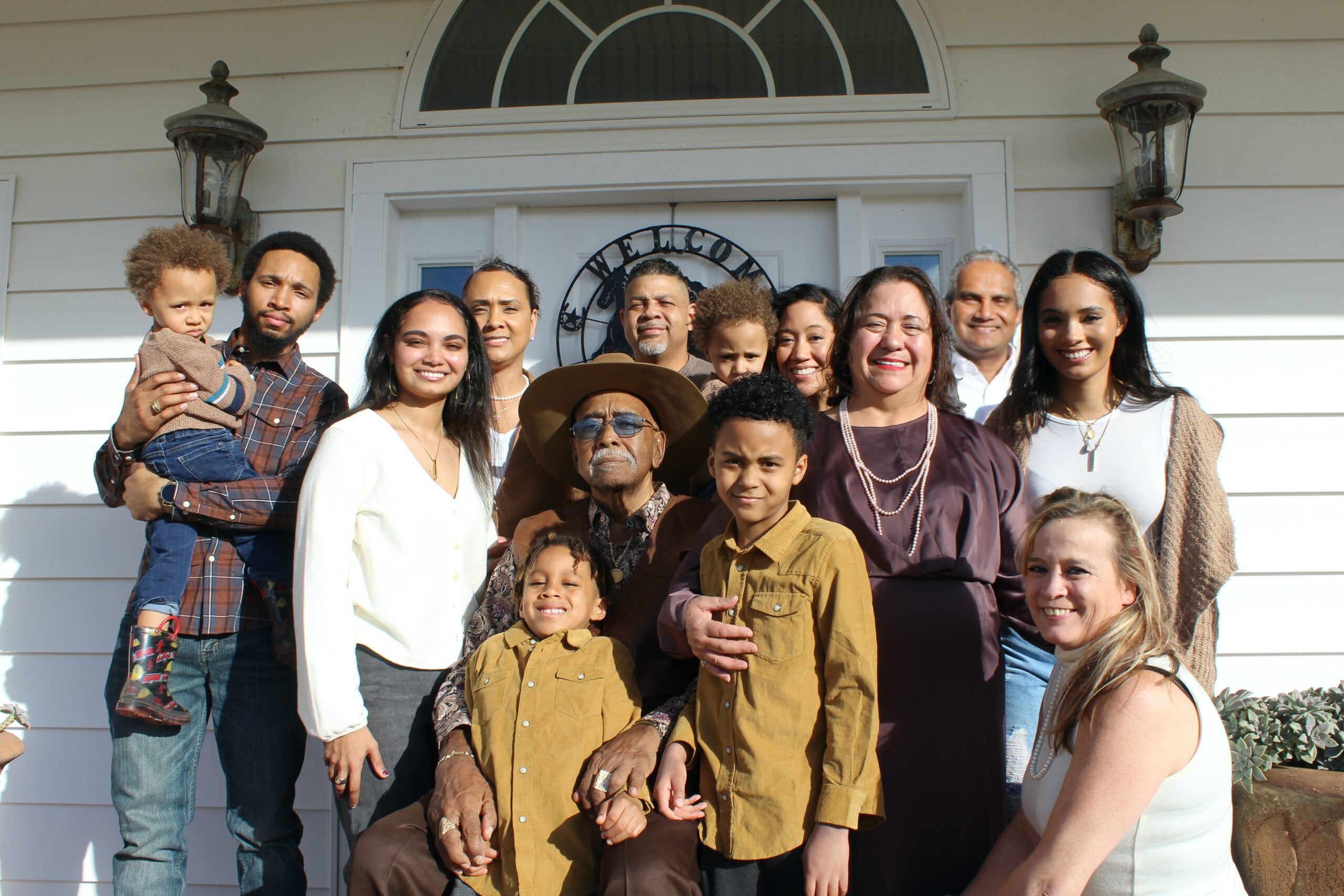-
Birth name
Ingrid Camille Victoria Carty
-
Place of Birth
New York
-
Tribal Affiliation
Yamassee
-
Surname Heritage
Ireland
Carty History, Family Crest & Coats of Arms

The many Irish surnames in use today have long rich histories behind them. The name Carty originally appeared in Gaelic as Mac Carthaigh, which is derived from the word “carthach,” which means “loving.”
Saint Carthach the Elder (d. 580?), appears in “the ‘Felire’ of Engus the Culdee (10th cent.) with the epithets of royal and Roman attached to his name. This is generally interpreted to mean that he was of royal ancestry, and had travelled to Rome [cf. Cainnech, Saint]. From the ‘Vita Kierani’ (Bollandist A. SS., March, v. 395) we gather that he was the grandson of Angus, king of Munster, who would seem to be the king whose death is recorded in the ‘Four Masters’ under the year 489. Colgan, however, noting that he was the brother of St. Cuanna, quotes from an old genealogy to show that he was the great-grandson of Neill of the Nine Hostages, who died about the year 405. In the ‘Vita Kierani,’ St. Carthach appears, before the death of St. Patrick, as one of St. Ciaran of Saighir’s young disciples.” [1]
Saint Cathach the Younger (d. 636) also called Mochuda, was “the founder of the famous monastery at Rahen, and bishop of Lismore, was the son of Finnall (Annals Four Masters, sub an. 631). According to his legendary life, which, however, seems to have preserved much that is historical, he was born in Kerry, of the race of Fergus.” [1]
Early Origins of the Carty family
The surname Carty was first found in County Kerry and much of County Cork, in the area formerly known as Desmond. One of the oldest and most important of all Irish families, the MacCarthy family claim descent from Oilioll Olum, the 3rd century King of Munster who gave the region of Desmond to his son Eoghan after his death. Eoghan’s descendants were known as the Eoghanacht, and the surname MacCarthy is derived from Carthach, an 11th century lord of this group who was killed when the Lonegans set his house on fire.
They were settled at Carrignavar where they were the Lords of Eoghannacht and Diarmod MacCarty Mor swore fealty to King Henry II thereby retaining his estates in Cork. Innumerable members of the family have been important in Irish history, especially those with the forenames Fineen, Florence or Justin, beginning with the Fineen MacCarthy who vanquished the Geraldines in 1261.
Several branches of the powerful MacCarthy sept existed, including MacCarthy Reagh, who held a family seat at Carbery in West Cork, and the Muskerry MacCarthys, who were based in the barony of Muskerry in that county. MacCarthy Mor of County Kerry, long thought to be extinct, has only recently been proven to still exist.
The McCarthy Reagh branch rose to become the Princes of Carbery in what is now southwestern County Cork in the 13th century. It is generally thought that Donal Reagh MacCarthy, the 5th Prince of Carbery, a quo MacCarthy Reagh, son of Donal Glas was the first to use Reagh is his surname. From this early listing, each subsequent prince continued to use Reagh in one form or another. As far as the early princes are concerned, we know very little. However from Finghin MacCarthy Reagh, the 8th Prince of Carbery from 1477 to his death in 1505, a solid genealogy has been determined.
Early History of the Carty family
This web page shows only a small excerpt of our Carty research.
Carty Spelling Variations
Many variations of the name Carty were found in archives from the Middle Ages. Names during the Middle Ages were typically recorded as they sounded and in many cases, one’s surname spelling changed with each record.The spelling and language in which the people’s names were recorded was often up to the individual scribe. Variations of the name Carty found include MacCarthy, MacCarty, MacArty, MacArthy and others.
Early Notables of the Carty family (pre 1700)
Notable among the family name at this time was Blessed Thaddeus McCarthy (c. 1455-1492), an Irish ecclesiastic who never ruled his see, Bishop of Ross, Ireland in 1492 and Bishop of Cork and Cloyne in 1490, his feast day is 25 October; and Charles MacCarty (Cormac Oge McCarthy), (d. 1640). He was from the ancient line of Dermot McCarthy, King of Munster, and was created the 1st Viscount Muskerry in 1628. His motto was “Forti et fideli nihil difficile, ” which translates as “to the strong and faithful.
Carty Ranking
In the United States, the name Carty is the 5,035th most popular surname with an estimated 4,974 people with that name. [2]
Carty migration to the United States +
Irish families fled the English-colonized Ireland in record numbers during the 19th century for North America. Many of those destitute families died from disease during, and even shortly after, the long journey. Although those that immigrated before the Great Potato Famine of the 1840s often were granted a tract of land, those that arrived later were generally accommodated in urban centers or in work camps. Those in the urban centers would labor in the manufacturing sector, whereas those in work camps would to build critical infrastructures such as bridges, canals, roads, and railways. Regardless of when these Irish immigrants came to North America, they were critical for the rapid development of the young nations of the United States and Canada. Early immigration and passenger lists have recorded many early immigrants bearing the name of Carty:
Carty Settlers in United States in the 17th Century
- Mahan Carty, who landed in Virginia in 1655 [3]
- Hugh Carty, who arrived in Virginia in 1657 [3]
- John Carty, who arrived in Virginia in 1662 [3]
- Katherine Carty, who landed in Maryland in 1671 [3]
- Owen Carty, who arrived in Maryland in 1678 [3]
Carty Settlers in United States in the 18th Century
- Gillion Carty, who landed in Virginia in 1702 [3]
- Mary Carty, who landed in Virginia in 1705 [3]
- Sarah Carty, who landed in Virginia in 1706 [3]
- Francis Carty, aged 18, who landed in New England in 1717 [3]
- Patrick Carty, who arrived in Virginia in 1723 [3]
Carty Settlers in United States in the 19th Century
- John Carty, who landed in New York, NY in 1804 [3]
- William Carty, aged 17, who landed in New York, NY in 1804 [3]
- Daniel Carty, who arrived in Charleston, South Carolina in 1824 [3]
- James Carty, aged 22, who landed in Missouri in 1840 [3]
- Pat Carty, who landed in Texas in 1850-1906 [3]
Some of the first settlers of this family name were:
Carty Settlers in Canada in the 18th Century
Carty Settlers in Canada in the 19th Century
- Michael Carty, aged 20, a labourer, who arrived in Saint John, New Brunswick in 1834 aboard the brig “Sea Horse” from Galway, Ireland
- Bryan Carty, aged 22, a labourer, who arrived in Saint John, New Brunswick in 1834 aboard the brig “Sea Horse” from Galway, Ireland
- Charles Carty, aged 22, a labourer, who arrived in Saint John, New Brunswick in 1834 aboard the brig “Lady Douglas” from New Ross
- Bridget Carty, aged 22, who arrived in Saint John, New Brunswick in 1834 aboard the brig “Lady Douglas” from New Ross
- Mr. Bryan Carty, aged 25 who immigrated to Canada, arriving at the Grosse Isle Quarantine Station in Quebec aboard the ship “Numa” departing from the port of Sligo, Ireland but died on Grosse Isle in August 1847 [5]
Emigration to Australia followed the First Fleets of convicts, tradespeople and early settlers. Early immigrants include:
Carty Settlers in Australia in the 18th Century
- Mr. Francis Carty, (b. 1756), aged 31, Cornish settler convicted in Bodmin, Cornwall, UK on 14th April 1786, sentenced for 7 years for assault and highway robery in company and stealing a silver watch, transported aboard the ship “Scarborough” on 14th April 1786 to New South Wales, Australia [6]
Carty Settlers in Australia in the 19th Century
- Miss Barbara Carty, (Elizabeth), Irish convict who was convicted in Dublin, Ireland for 7 years, transported aboard the “Experiment” on 21st January 1809, arriving in New South Wales, Australia [7]
- Mr. John Carty, (b. 1821), aged 11, Irish convict who was convicted in Cork, Ireland for 7 years for larceny, transported aboard the “City of Edinburgh II” on 18th March 1832, arriving in New South Wales, Australia [8]
- Mr. William Carty, English convict who was convicted in London, England for 14 years, transported aboard the “Aurora” on 3rd November 1833, arriving in New South Wales, Australia [9]
- Miss Johanna Carty, (b. 1819), aged 18, Irish house maid who was convicted in Wicklow, Ireland for 7 years for stealing, transported aboard the “Diamond” on 29th November 1837, arriving in New South Wales, Australia, listed as having 1 daughter [10]
- Mr. Thomas Carty, Canadian convict who was convicted in Quebec, Canada for 14 years for desertion from the army, transported aboard the “Canton” on 20th September 1839, arriving in Tasmania (Van Diemen’s Land), transported from Quebec to England, he died in 1841 [11]
Carty migration to New Zealand +
Emigration to New Zealand followed in the footsteps of the European explorers, such as Captain Cook (1769-70): first came sealers, whalers, missionaries, and traders. By 1838, the British New Zealand Company had begun buying land from the Maori tribes, and selling it to settlers, and, after the Treaty of Waitangi in 1840, many British families set out on the arduous six month journey from Britain to Aotearoa to start a new life. Early immigrants include:
Carty Settlers in New Zealand in the 19th Century
- Mr. John Carty, Irish settler arriving as Detachment of the Royal New Zealand Fencibles travelling aboard the ship “Sir Robert Sale” from Gravesend via Cork arriving in Auckland, New Zealand on 11th October 1847 [12]
- Mrs. Ann Carty Née Green, Irish settler travelling aboard the ship “Sir Robert Sale” from Gravesend via Cork arriving in Auckland, New Zealand on 11th October 1847 [12]
- Mr. Patrick Carty, (b. 1843), aged 4, Irish settler born in Ireland travelling aboard the ship “Sir Robert Sale” from Gravesend via Cork arriving in Auckland, New Zealand on 11th October 1847, he died on board the ship [12]
- Mr. John Carty, (b. 1831), aged 30, Irish farm labourer, from County Tipperary travelling from Bristol aboard the ship “Rhea Sylvia” arriving in Lyttelton, Christchurch, South Island, New Zealand on 2nd May 1861 [12]
- Charles Carty, who arrived in Wellington, New Zealand aboard the ship “Royal Albert” in 1871853
Contemporary Notables of the name Carty (post 1700) +
- Jay J. Carty Jr. (1941-2017), American basketball player for the Los Angeles Lakers (1968-1969)
- Donald J. Carty (b. 1946), Canadian /American businessman
- John J Carty (1861-1932), American electrical engineer
- Thomas F. Carty, American Democratic Party politician, Alternate Delegate to Democratic National Convention from New York, 1980
- S. V. B. Carty, American Republican politician, Alternate Delegate to Republican National Convention from Delaware, 1880
- Patrick J. Carty, American politician, Member of New York State Assembly from New York County 14th District, 1876
- Melville Carty Sr., American Democratic Party politician, Alternate Delegate to Democratic National Convention from New Jersey, 1964
- May M. Carty, American politician, Member of New Jersey State House of Assembly from Hudson County, 1924-27
- Mrs. Lee Carty, American Democratic Party politician, Alternate Delegate to Democratic National Convention from District of Columbia, 1972
- James F. Carty Sr., American Democratic Party politician, Candidate for Connecticut State House of Representatives from Newington, 1940
The motto was originally a war cry or slogan. Mottoes first began to be shown with arms in the 14th and 15th centuries, but were not in general use until the 17th century. Thus the oldest coats of arms generally do not include a motto. Mottoes seldom form part of the grant of arms: Under most heraldic authorities, a motto is an optional component of the coat of arms, and can be added to or changed at will; many families have chosen not to display a motto.
Motto: Forti et fideli nihil difficile
Motto Translation: Nothing is difficult to the brave and the faithful


